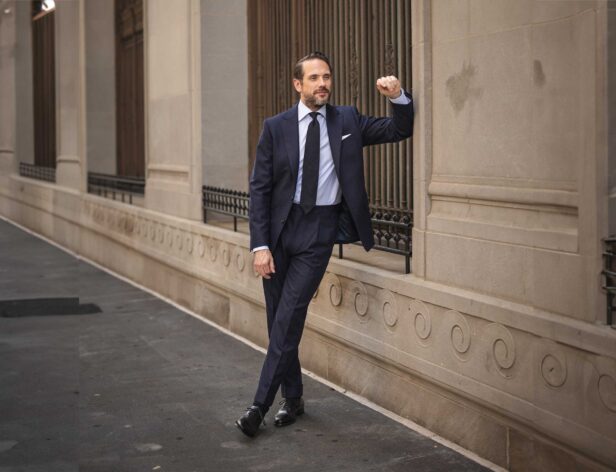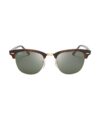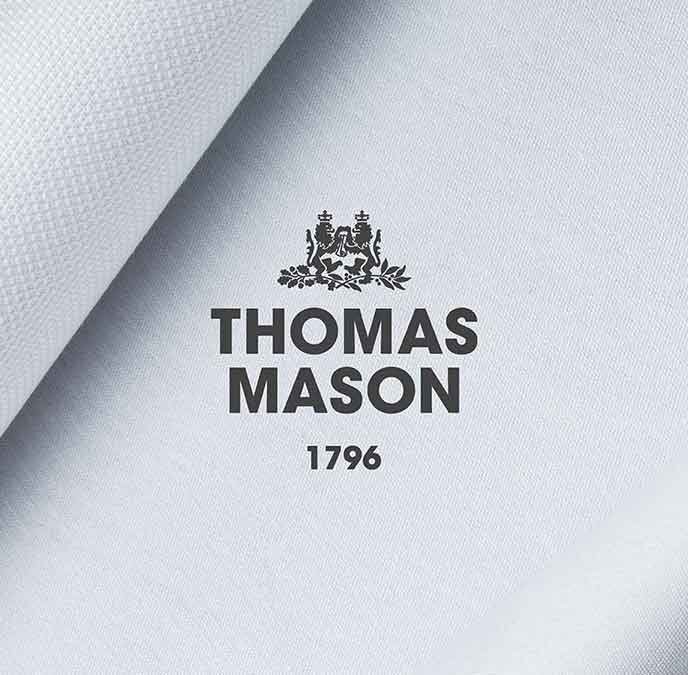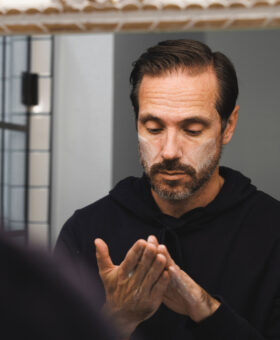

Share
A Brief History of Skinny Jeans
To understand the history of skinny jeans, you have to follow the music. In 1976, the Ramones released their debut, self titled album. The cover was a black and white photo of the four band members standing shoulder to shoulder against a brick wall. They were all wearing what would become known not only as their signature band uniform but the signature look of the punk rock movement. Each member wore a black leather jacket, worn out old t-shirts, and skinny jeans.
The Ramones didn’t invent skinny jeans but they popularized the look in the late 1970s along with their gritty new style of rock’n’roll. Both their music and their jeans were part of a very small subculture unique to New York City, along with a handful of urban centers throughout the United States, that became global trends once the rest of the world caught on to them. Both trends have waxed and waned in prevalence since they first entered popular culture but they have both proven remarkably resilient for what seemed like a fad at the time.
The (fake) brothers Ramone did not invent skinny jeans. Men’s pants began slimming down in the mid 1960s with Mod tailoring and jeans following soon after. By the early 1970s, jeans had become downright skin tight from the hip down to the knee but flared out to varying degrees with wide leg openings. This was the prevailing look for most of the fashionable world at the time but in the dirty little underworld inhabited by the Ramones, jeans stayed skin tight down to the ankle.
As punk rock had its moment in the late 1970s and early 1980s, so too did skinny jeans but it was not to last. Wardrobes literally expanded in the 1980s as fits became oversized across the board. Both flared and skinny jeans became replaced by a loose straight leg with a high waist and tight ankle. Punk rock went back underground and skinny jeans went with it. The look persisted in counter culture subsets but was shunned by popular fashion over a decade.
In the early days of the new millennium, another rock’n’roll movement came out of New York City and just as the punks before them, they all wore skinny jeans. A musical renaissance took place in the early 2000s and they brought their fashion with them. They blew away the baggy fashions of the late 1990s with all things vintage and tight. With the rise of this new brand of rock’n’roll, skinny jeans were once again in the limelight.
It didn’t take long for the fashion industry to catch up. In 2004 Thom Browne reinvented the suit with his signature slim, cropped tailoring. A year later you could buy skinny jeans at most malls (N.B. malls were places you bought clothes before the internet) retailers across the country. Fashion brands from A.P.C. to YSL switched their signature denim fits to skinny. For a while it seemed like the more expensive the jeans were, the tighter they fit.
By 2010, skinny jeans went from high fashion to popular fashion and had become the default fit for both jeans and pants in general. Dads across America had ditched their signature dad fit jeans and were mowing the lawn in skinny jeans. Office attire had gone from oversized trousers to skin tight chinos. The case could be made that things had gotten out of hand. A look that was developed in counter culture and refined by high fashion had been cooped by practically everyone. Something that was supposed to set the wearer apart was now a part of the crowd.
The repercussions began in the mid 2010s as the very same fashionable subsets who popularized skinny jeans ditched them for looser fits. The baggy fitting jeans that were figuratively buried for dead a decade earlier were dug up and declared cool again. Yet skinny fits didn’t just go away. An unusual era of jean fits came about by decade’s end where almost any fit, from punk skinny to 1950s wide leg, could be considered fashionable in the right context. We now live in truly open ended times when it comes to denim fits. But is it chaos or is it progress?
Where Are We Now?
Skinny jeans aren’t dead but they aren’t oversaturating the market either – they are just one option in the vast pantheon of denim that exists today. Go to any denim retailer’s website and click on fits. You will be faced with more variety than has ever been readily available in fit variation. For decades, brands would have at most three fits available in jeans where now most have five or more. Levi’s, the grandfather of denim, has more fits available than anyone could possibly sort through.
We’ve reached a point where the term skinny jeans itself needs further clarification because, across the fit spectrum of most retailers, there are several levels of tightness that exist within this formerly specific category. Take denim specialist RGT for example. They only produce what would generally be considered skinny jeans, jeans that hug the wearer’s silhouette, yet they sell three distinct cuts. One is called Skinny, while the other two are Slim-Straight and Tapered, but to the casual observer they are all skinny fitting jeans.
Another trend that coincided with, and is inextricably linked to skinny jeans, is the rise of denim culture. Around the same time that hipsters and rock stars started wearing skinny jeans, they also started caring deeply about the substance of the denim in those jeans and how they were made. Japanese denim brands lead the way in revitalizing twentieth century milling and fabrication techniques that produced a higher quality, more durable product than what was available in the American market before 2004. Now those same denim heads have taken to various fits, just like the market at large, but they spearheaded both the skinny and the high quality denim movements.
After nearly 20 years of skinny jeans sticking around – which is a long time for any fashion trend – they have diverged into multiple “slim” fits. All these fits have minor variations in cut that make things tighter or looser on the hip, thigh, knee, and ankle, as well as variations in rise and waist. However, someone from 2004 would call all of them skinny jeans because they all hug the wearer’s silhouette. An objectively positive result is that anyone who is interested in wearing skinny jeans can find a fit that works for them.
The perseverance of the skinny jeans trend along with its diversification is ample evidence that skinny jeans are here to stay, whether you like it or not. Along with beards and coffee shops, they are a definitive part of the millennial hipster movement that took hold in society at large. The pushback for looser fits may be everywhere in the fashion industry right now but it is still dwarfed in market share by slim fits. Only time will tell if society’s denim fit consensus will go back to wide legs like the 1990s, but for now slim is the default.
Should You Wear Skinny Jeans?
The bottom line is that, if you are a skinny jeans fan, then you should stick with them. We live in a unique fashion age where almost anything goes. This is just as true for the fit of your jeans as it is for anything else. Look at any fashion editorial, photos from any fashion event, or any street fashion photography and you will see the entire range of denim fits. Nothing is out of bounds, there is no cool or uncool.
From a style perspective, the ideal fit for your jeans is entirely up to you. Taller, skinnier guys probably look better in a slipper fit but can pull off a wider leg with the right outfit. Broader guys with a wider leg should probably wear a looser fit but they can pull off form fitting slim with the right outfit. The fit that looks best for you comes down to a combination of what your body looks like and what your preferences are. Wear what feels right because that is the only true rule in fashion right now.
Skinny jeans have been the prevailing trend because there is something inherently pleasing about clean lines. If your jeans hug your silhouette but aren’t tight then you have clean lines along your legs, not unlike good architecture. They match modern tailoring, which is also form fitting, which is always a barometer of fit in men’s fashion. If you are unsure of what fit to wear then a slim, straight leg is the best place to start. Maybe not quite skinny by contemporary standards but certainly within that family.
Ask most stylish men what the best fit of jeans are and you will get a range of answers but most will probably feature the word “slim” in some way. A median fit of that survey would probably look not too far off from skinny. The fact is that if you already prefer skinny jeans then you should stick with them because they match your overall style. Don’t force a new look on yourself because some style writers are pushing a new trend. If you are unsure of what fit to go with then try a slim or skinny fit because fashion trends do not stick around this long if they don’t objectively look good.


























































